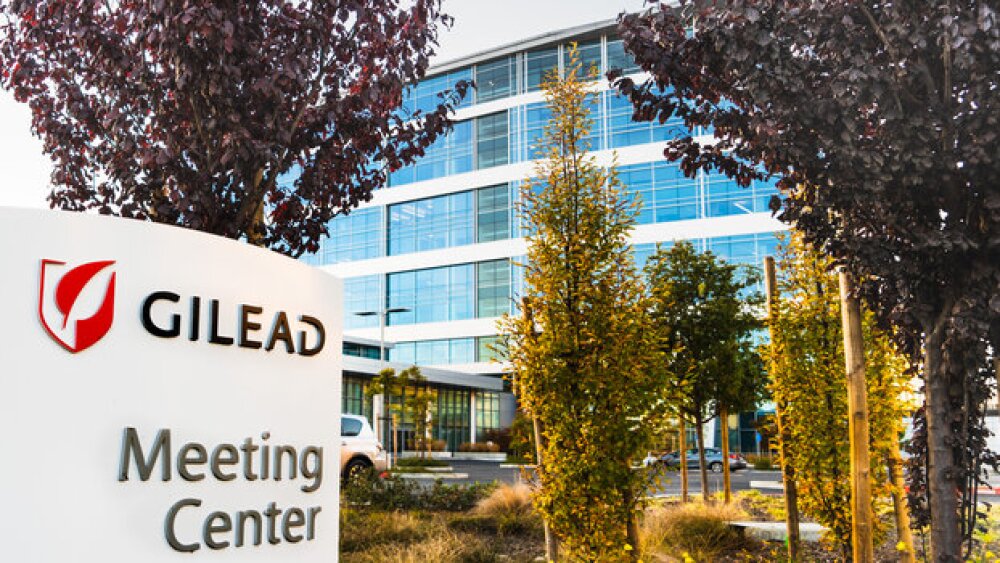October 18, 2016
By Mark Terry, BioSpace.com Breaking News Staff
Many biopharma companies are working to develop a drug for Alzheimer’s disease (AD), including Biogen , Eli Lilly , AC Immune (ACIU) and Johnson & Johnson , but nobody yet has a lock on it. It is, unfortunately, a wasteland of failed drug trials. According to a recent study, 99.6 percent of AD drugs between 2002 and 2012 failed to improve patient outcomes. George Budwell, writing for The Motley Fool, takes a look at what Pfizer (PFE) is doing to quietly grow its pipeline in this tricky area.
In 2012, Pfizer , working with J&J on AD drug bapineuzumab, had to throw in the towel after essentially failing in four Phase III trials. Pfizer seemed to be leaving the arena, although that appears to be changing.
Budwell writes, “Over the course of 2015 to 2016, however, the drugmaker quietly announced that it had initiated a handful of dose optimization, pharmacokinetics, and safety studies for three experimental compounds indicated for AD: PF-05251749, PF-06648671, and PF-06751979.”
And it’s done so with very little fanfare. PF-06648671 appears to focus on beta-amyloid plaques, which is the primary target of choice for most AD drugs, although it does not appear to be the whole story. Some drugs that clear beta-amyloid don’t seem to result in better patient responses. Neurofibrillary tangles, abnormal tau proteins, are also implicated, although they appear after the formation of beta-amyloid plaques.
Companies are not routinely—yet—evaluating or developing drugs that hit both of these.
PF06648671 is being evaluated in combination with midazolam, an anesthetic that that inhibited the beta-amyloid formation in mice.
Budwell writes, “Right now, companies such as Biogen and Lilly seem to be stubbornly pursuing anti-amyloid monotherapies simply because of the billions of dollars already invested in this venture, along with their desire to own a backbone therapy (a drug that would form the basis of various combination therapies). Scientifically speaking, though, the data seem to point squarely in the direction of multi-faceted combination therapies, dimming the possibility that any one single agent could truly act as a backbone therapy.”
And it’s a huge market. Wall Street has suggested that an AD drug that would be that backbone could bring in $20 billion in 2030.
Budwell suspects that Pfizer’s approach, which isn’t particularly groundbreaking, may be strategic in that it hopes to develop drugs that could be used in combination. “The heart of the matter is that an effective disease modifying treatment may require something along the lines of an anti-amyloid agent, another compound that slows the reformation of plaques, and still another to treat downstream events such as neurofibrillary tangles. And that’s where Pfizer’s efforts in AD could be headed, making it a key clinical program to keep an eye on moving forward.”
But Pfizer may not be the only one. The Pharmaceutical Research and Manufacturers of America indicated that there are 77 experimental compounds this year being developed for AD. Many are in Phase I, but companies that have products in Phase III include Biogen, AZTherapies, Archer Pharmaceuticals with NILVAD, Avanir Pharmaceuticals , vTv Therapeutics , Lundbeck (LUN) with Otsuka Pharmaceutical, GlaxoSmithKline , Amgen , Genentech , Transition Therapeutics , Grifols USA (GRFS), Impel NeuroPharma, Takeda Pharmaceuticals , Axovant Sciences , TauRX Pharmaceuticals, Merck and Johnson & Johnson .





